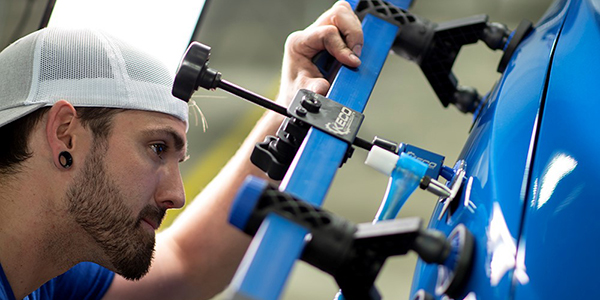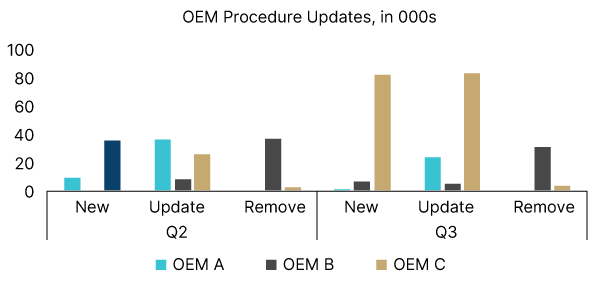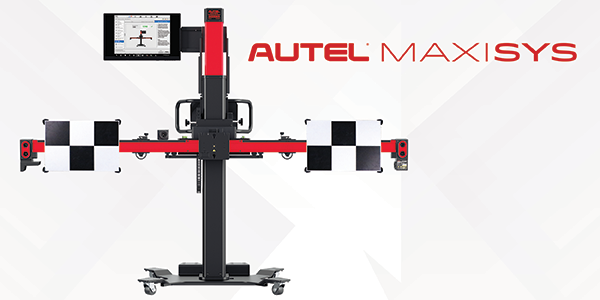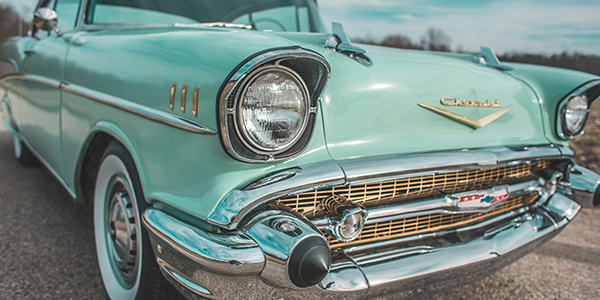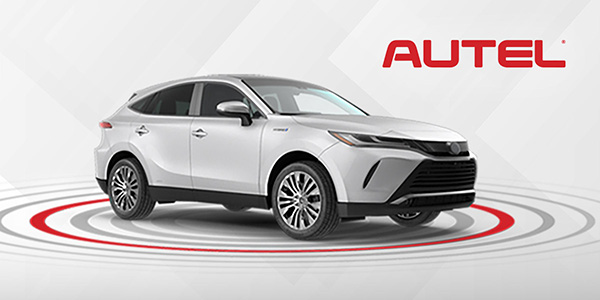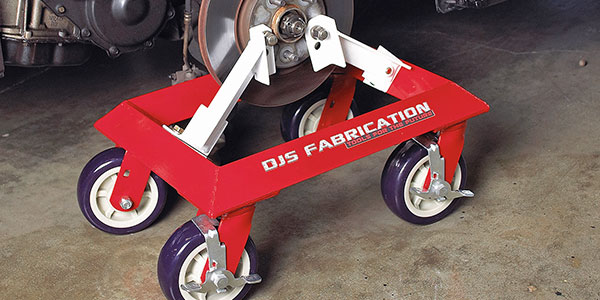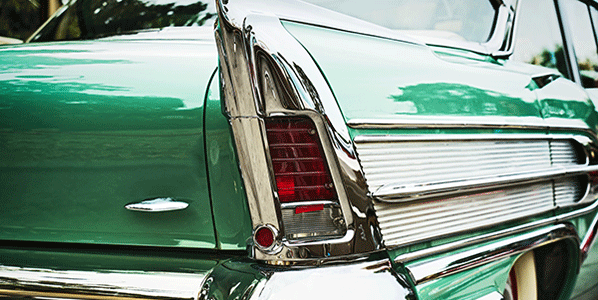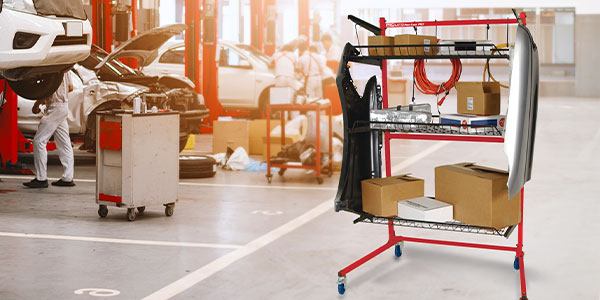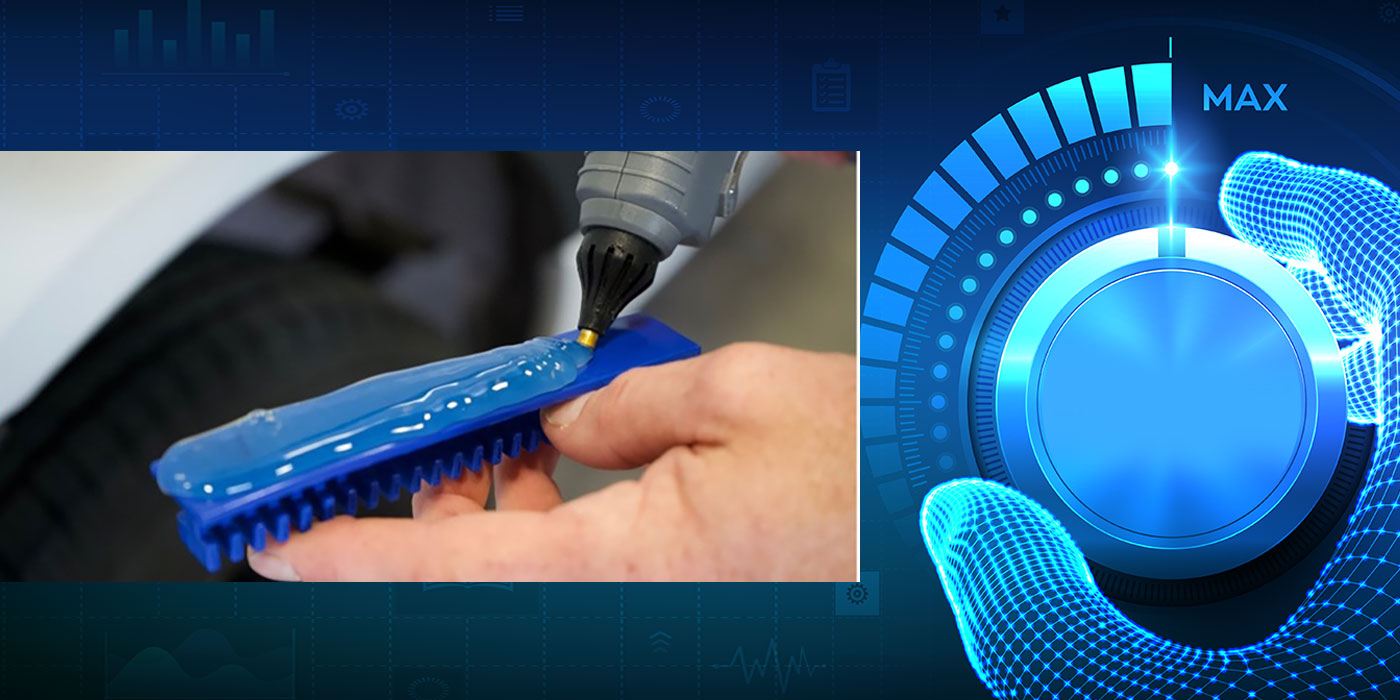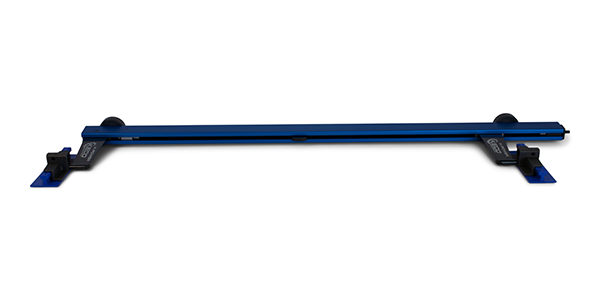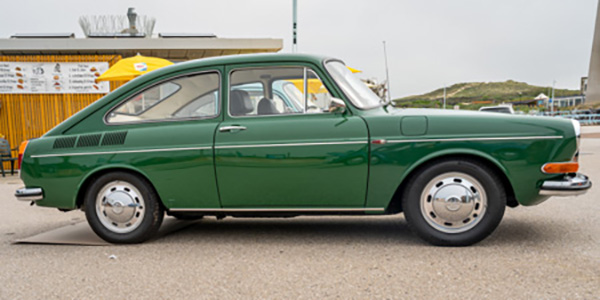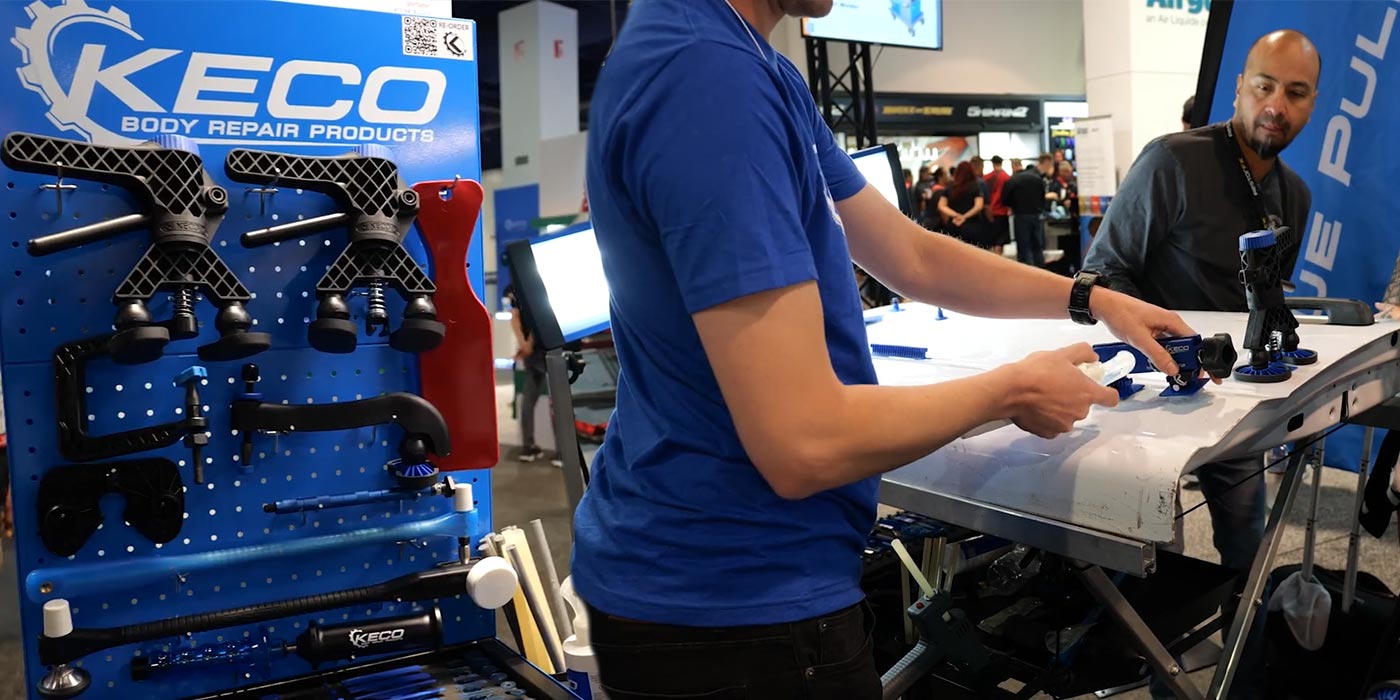Glue Pull Repair—also known as GPR— is the least invasive collision repair technique. It works by gluing specially designed tabs to the exterior panels of a vehicle and pulling the dent out with varying tools. This method of damage removal offers significant advantages over traditional collision repair techniques as it does not remove e-coatings and corrosion protection applied to the panel by the vehicle manufacturer yielding a simpler, cleaner repair that can significantly reduce the amount of body fillers and/or paint to finish.
A Brief History of Glue Pull Repair
Modern glue pull repair (GPR) first appeared around 1999 when technicians working at a German company named Würth introduced some of the first commercially viable glue-pulling tools. Prior to this, backyard mechanics experimented with glue pulling, but the tools and techniques they developed were not available to the public and crudely constructed.
Würth began releasing its tools in the United States in the early 2000s. Early GPR technology was a poor match for today’s advanced techniques—adhesives and tabs were weak so they often broke while tool systems were not readily available. GPR itself was not well known either; the processes and procedural techniques that allows techs to achieve really strong adhesion to pull large damaged areas were not developed. Some specialty paintless dent repair (PDR) techs used what was considered the “magic” of GPR on lighter pulls and some were contracted to to accent body shop work on large pulls in preparation for conventional repairs. In general, technicians did not have what they needed—the know-how and GPR systems—to get serious about using GPR in their body shops.
GPR in the Body Shop
PDR techs and tool providers pioneered GPR techniques in the late ’90s. Since those early years, a new wave of tool companies has been at the forefront of improving these techniques and has now taken them to a level that allows any shop to adopt them with ease. Through proven methods of GPR, autobody technicians pull dents using the GPR tools for steel and aluminum with no welding and no need for separate steel and aluminum work areas. The overall result is the least invasive method to repair panels.
GPR also addresses the fact that body panels are no longer simple pieces of metal that serve as side and quarter panels; today, they contain wiring, electronics and insulation on the back, sensors and e-coatings on the front. Glue pull repair techniques and tools allow technicians to use their existing skills in new ways that avoids unnecessary damage and resulting in faster repairs and more efficient projects.
Glue Pull Repair vs. Paintless Dent Repair
GPR is similar to PDR in that one of the main objectives is to save as much of the original finish as possible so, at the end of the repair, there’s little or no filling, priming, and painting. Like PDR, there’s no stud welding when you use GPR. After cleaning the surface to prep it, you pull the dent out from the front using a pulling tool or device and an adhered “tab” that you attach to the panel with high-strength adhesives. After you’re done with the pull you may have to knock down some high spots in the same manner as you work today. But aside from some minor filling, priming and painting, in most cases, you’re done!
Another benefit of glue pull repair (in addition to leaving most of the paint and original surface coating) is that you avoid disturbing or damaging insulation and sensitive electronics that may be on the reverse side of the panel. Not to mention the limited removal necessary to adhere the pulling tab. Learning GPR requires not only prepping the surface by cleaning it but, equally as important, making sure the temperature is right—the temperature of both the panel and the glue. Techs must also choose the correct tabs to use, and the best pulling tool for the job at hand that pairs properly with that tab. Fortunately, these skills and choices are easy to learn and employ. There’s a plethora of FREE resources available to technicians looking to begin using glue pull repair as well as some paid training options from several different training organizations.
Can I Accomplish a Paintless Repair Using GPR?
It is possible, in certain scenarios, to complete a full paintless repair using ONLY glue pull repair. However, the likelihood of achieving this result is limited by several factors for collision repair technicians and is not as common as you might hope.
The first factor that can enable or prohibit a full paintless repair is the type of damage you are working on. If the paint is cracked or there is significant distortion in the panel with buckles and kinks in the metal, you are unlikely to achieve a paintless repair. A glue pull is likely still the best choice to make when repairing damage, though. Remember that even though you aren’t completing a paintless repair, you are still preserving those interior panel protections, avoiding flammable insulation, and removing far less exterior factory finishes that all combine to an overall higher quality repair that is less invasive than welding.
The second factor limiting the possibility of paintless repairs is the technician’s skill and experience using glue pull repair tools. Paintless dent repair technicians spend decades honing their craft specifically so they can complete a paintless repair. Collision technicians, for the most part, should expect to spend the same years (if not decades) developing their skills in order to accomplish a full paintless repair using ONLY a glue pull system. Techs who can accomplish a full paintless repair using only GPR systems are elite and have achieved that status through lots of patience, practice, trial, and error.
So, what can be repaired to a full paintless repair in a typical body shop? The most obvious opportunity for a full paintless repair in a collision shop are small, shallow dents on forgiving panel materials. You may occasionally have a big, soft dent that presents a great opportunity to make a couple controlled, finessed pulls and achieve a near-paintless repair that is acceptable for your goals, expectations, and the vehicle owner. The more you use your GPR system the more you will discover these low hanging fruits and quickly identify the best GPR repair candidates when they roll into your bay.
This article was sponsored by KECO Body Repair Products. For more information, please visit https://www.kecotabs.com/.

